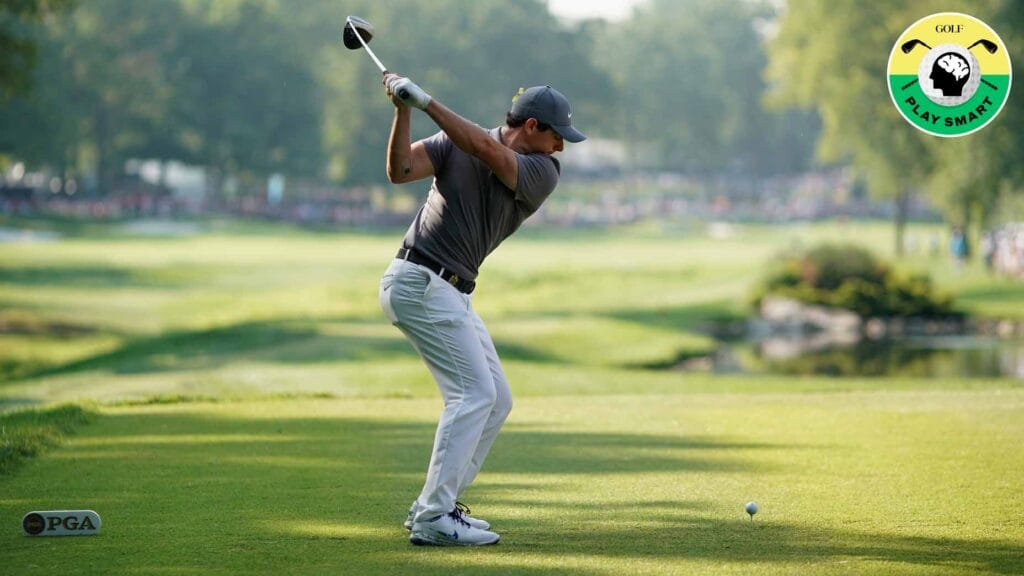The golf swing is often broken down into two main components, the backswing and the downswing. However, the transition between these two phases is a crucial element that many golfers overlook. Proper sequencing in the transition can help players generate more power and improve their overall swing.
Most recreational golfers tend to take the club to the top of their backswing and then immediately start their downswing. This may seem like the correct way to swing the club, but it is actually an ineffective sequencing that can limit power potential. Pro golfers, on the other hand, start shifting their weight towards the target much earlier in the swing, creating a powerful coil in their bodies.
Re-centering is a key concept in the transition of the golf swing. This involves shifting weight towards the target shortly after the shaft reaches parallel in the backswing. This move helps coil the body and creates potential energy that is then unleashed during the downswing. All professional golfers incorporate this re-centering movement into their swings, highlighting its importance in generating power.
To practice re-centering, golfers can use a simple drill that involves stepping towards the target once the club shaft reaches parallel to the ground during the backswing. This movement helps stretch the body’s fascial slings and promotes proper weight transfer. Implementing this feeling of weight transfer into full swings can improve sequencing and increase power generation.
By understanding the importance of the transition in the golf swing and incorporating re-centering drills into practice sessions, golfers can improve their overall game. Proper sequencing in the transition helps generate power and allows players to make more efficient swings. Professional golfers showcase the benefits of early weight shift towards the target, highlighting the significance of this movement in a high-level swing.
GOLF.com offers game-improvement columns like “Play Smart” to help golfers enhance their skills and approach to the game. These resources provide insights and tips from top instructors like Sean Foley, who emphasize the importance of proper sequencing and weight transfer in the transition of the golf swing. By following these expert recommendations, golfers can optimize their swing mechanics and performance on the course.
Through implementing re-centering drills and focusing on weight transfer in the transition, golfers can develop a more efficient and powerful swing. Practicing these techniques consistently can lead to improved sequencing, increased distance on shots, and better overall ball-striking. By paying attention to the often-overlooked transition phase of the swing, players can unlock their potential and enhance their performance on the golf course.
The re-centering drill recommended by Sean Foley offers a practical way for golfers to work on their weight transfer and sequencing. By stepping towards the target during the backswing, players can feel the stretch in their body and understand the importance of early weight shift. This drill can be incorporated into practice sessions to help golfers develop a more effective and powerful transition in their swing.
In conclusion, the transition phase of the golf swing is a critical component that can significantly impact a player’s power and consistency. By focusing on proper sequencing and early weight transfer towards the target, golfers can improve their swing mechanics and generate more power. Utilizing drills like re-centering can help players understand the importance of this movement and make positive changes to their swing. By prioritizing the transition in their practice routine, golfers can enhance their performance and enjoy greater success on the course.


